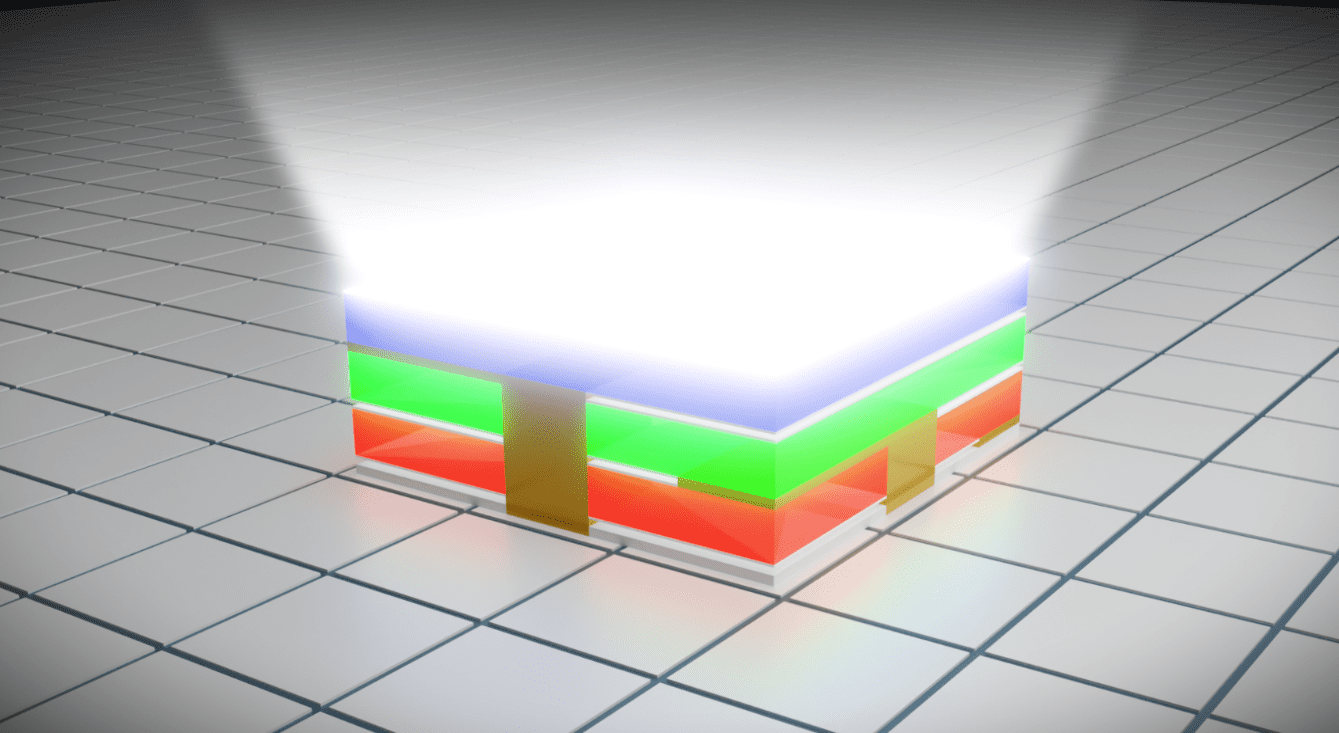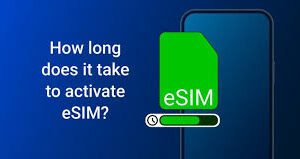HONG KONG – The unveiling of Apple’s mixed reality glasses has thrown a spotlight on the transformative power and challenges of microdisplay technologies. While Apple’s embrace of Micro-OLEDs has been met with acclaim, it’s not without hurdles, primarily regarding cost, brightness limitations, and lifespan uncertainties.
This is where Rayleigh Vision, the vanguard of Micro-LED technology, is reshaping the narrative.
Founded in 2023, Rayleigh Vision, while relatively new to the industry, is spearheading major advances in Micro-LED tech. Guided by industry luminaries like Professor Jr-Hau HE and Dr. Eddy Hsu, the company is turning theoretical potential into tangible innovations. Their pioneering dual-layer Micro-LED, made possible through cutting-edge stacking tech, promises unmatched vibrancy and definition in displays, aptly suited for the electronic devices of tomorrow.
From its base in Hong Kong and its branches stretching to California and Taiwan, Rayleigh Vision’s reach and impact are becoming increasingly profound. Their products, particularly the 0.55” Micro-LED microdisplay and the exceptionally dense 0.38” model, are benchmarks in Micro-LED design and performance. And with their strides in crafting 2.5 μm Micro-LED pixels, they’re very much in a league of their own.
Illustrative graphic of Rayleigh Vision’s developing 3-layer stacked Micro-LED chip
But it’s not just about groundbreaking innovations; it’s about overcoming inherent challenges. As Dr. He elucidates, there are myriad complexities in harnessing the full potential of Micro-LEDs — from alignment intricacies to efficient thermal management. Yet, Rayleigh Vision remains undeterred. Their suite of patented solutions not only enhances display quality but streamlines Micro-LED’s mass production, ensuring both viability and affordability.
The tech industry, always keen on disruptive innovations, is abuzz with Rayleigh Vision’s milestones. Their strides in scaling up Micro-LED production are drawing interest from titans across the globe.
Insights of Dr. Hao-Chung Kuo, the director of Semiconductor Research Center at Hon Hai Research Institute further underscore the impending Micro-LED shift. Apple’s rumored debut of a Micro-LED integrated Apple Watch in 2026 speaks volumes of the tech’s potential. In the race for the most immersive visuals, Micro-LEDs are proving to be in a class of their own, overshadowing competitors such as LEDs and Micro-OLEDs.
The research team’s 0.55” Micro-LED display, showcasing its logos
There’s no doubt, the Micro-LED sector is poised for explosive growth, with market projections anticipating a rise from $500 million in 2022 to a staggering $20 billion by 2027. The sector’s promise is evident, with tech giants like Google placing significant bets, as seen with their high-profile acquisitions.
Yet, as Dr. Liu Zhaojun, the Director of the Center for Micro-LED Research at SUSTech, notes, the Micro-LED journey isn’t just about leveraging existing strategies. It’s about reimagining and reinventing. Rayleigh Vision’s focus on innovative stacking approaches stands testament to this, signaling a seismic shift in Micro-LED design and application.
About Rayleigh Visions:
A 2023 debutante, Rayleigh Vision is swiftly establishing itself as a juggernaut in the Micro-LED domain. Comprising seasoned professionals, each bringing over 15 years of diverse expertise, the team’s commitment to progress is unparalleled. The portfolio of the founders, rich with over 300 patents, highlights their passion for pioneering breakthroughs. Innovations like their stacked Micro-LED tech promise to redefine sectors, from AR/VR/MR to automotive visuals. And with a recent spree of 15 new patents, their vision of shaping the Micro-LED realm is clear.
Rayleigh Vision isn’t just charting a course in the world of Micro-LEDs; it’s leading the charge.





























